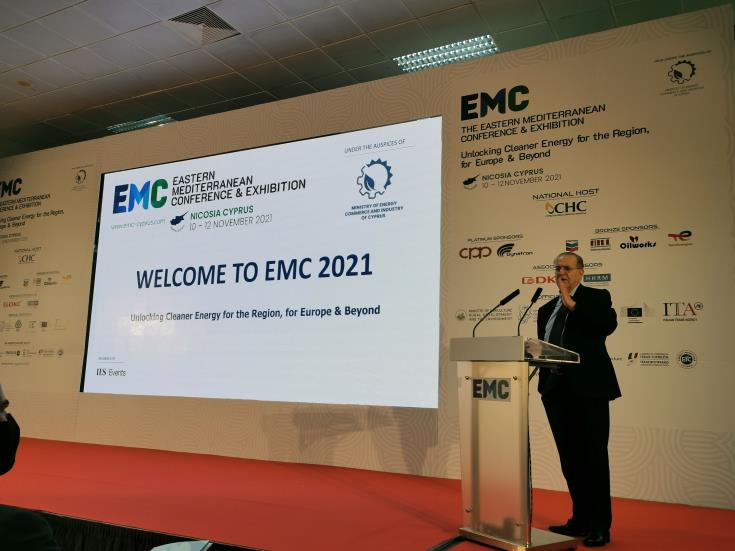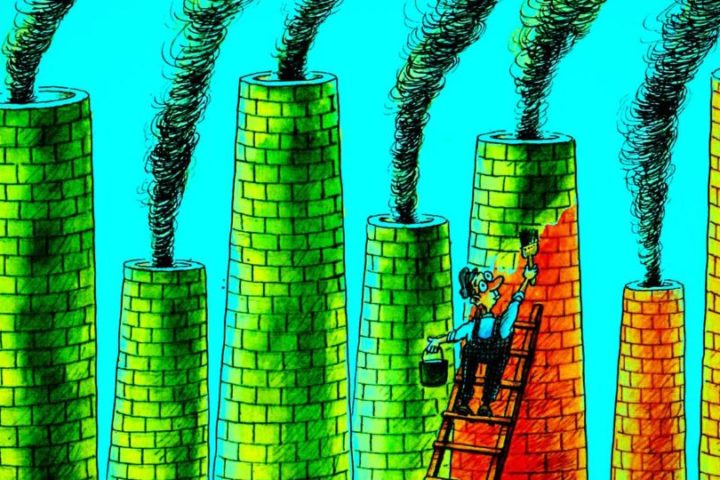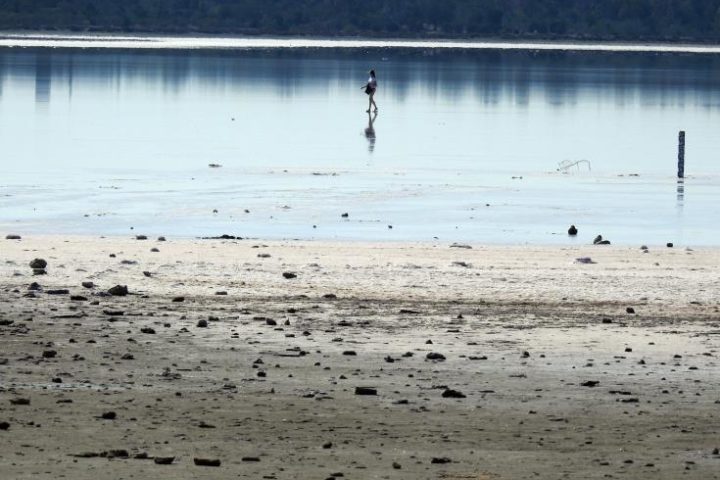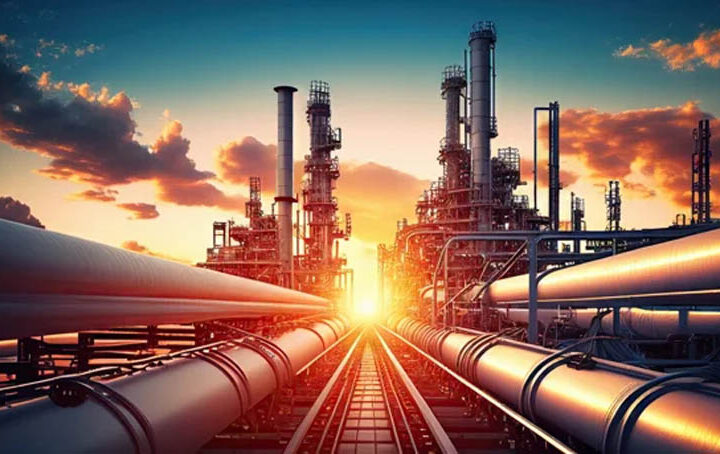Two key energy projects, the EuroAsia Interconnector subsea electricity cable and importing natural gas for power generation, will end the energy isolation of Cyprus and reduce emissions.
Both goals align with EU and global targets and disengage the island’s dependence on crude oil imports for its main power station at Vassiliko.
Cyprus hopes to boost its share of renewable energy from 14% to 23% by 2030 as part of its National Energy and Climate Plan, as the island faces sky-high electricity costs, its highest since 2012.
Addressing the Eastern Mediterranean Conference and Exhibition, former Foreign Minister and EuroAsia Strategic Council chair Ioannis Kasoulides said the interconnector will end Cyprus’ energy isolation via a 1,209km subsea cable connecting the national electricity grids of Israel, Cyprus and Greece.
The project, currently being reviewed for the fifth EU list of Projects of Common Interest (PCI), will have a design capacity to transmit 1,000MW, almost as much as the needs of Cyprus or Crete, with electricity supplied from renewable sources – solar parks and wind farms.
“Cyprus is depending heavily on the EuroAsia interconnector for climate change, for the realisation of the Green Deal targets of 55% reduction of CO2 and 40% renewable energy target up to 2030.”
He added that implementing the interconnector will lead to an immediate 20% reduction of CO2 emissions.
€100 mln from RRF
Kasoulides said the EuroAsia funding would come from the Connecting Europe Facility, a €100 mln grant will come from Cyprus’ Recovery and Resilience Fund, with the rest expected to come from other official funding such as the EIB and the EBRD.
“The island of Cyprus is the only non-interconnected member-state within the EU internal electricity market,” Andreas Poullikas, President of the Cyprus Energy Regulating Authority (CERA), told the conference.
The independent energy regulator said the characteristics of isolated electricity systems include high fuel cost because of the reliance on derivatives, creating a dependency on international oil markets, and additional cost due to high CO2 emissions.
Economies of scale cannot be exploited due to the small size of generation units.
Small isolated systems need to maintain high reserve capacity to ensure power system reliability, Poullikas said.
Cyprus’ installed capacity of 1,500 MW, almost 500 MW come from renewables, and the rest come from heavy fuel oil and diesel generators.
“We need to increase the system flexibility, use natural gas and integrate renewables.”
Symeon Kassianides, chair of the Natural Gas Public Company (Defa), referred to the introduction of liquified natural gas for power generation, expected to bring LNG to Cyprus by the summer of 2023.
He said the project featuring an FSRU in the Vasilikos area and a 1.3-kilometre jetty bearing pipelines to bring the LNG ashore is over-financed, already securing €374 mln, with capital expenditure currently estimated up to €290 mln.
The project, he added, has secured €101 mln from the Connecting Europe Facility, €43 mln in equity investment from the Electricity Authority of Cyprus, €150 mln funding from European Investment Bank and €80 mln from the European Bank of Reconstruction and Development.
“The project will lift the energy isolation by giving us more flexibility.
“We will reduce oil dependence; we will have energy savings, diversify our energy mix, we will also drive the economy to transformational projects and give benefits in terms of the environment.”









